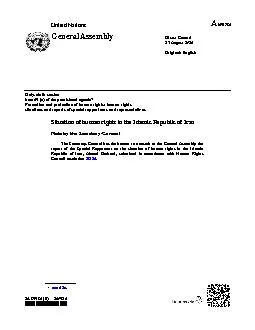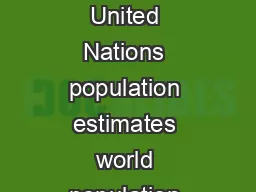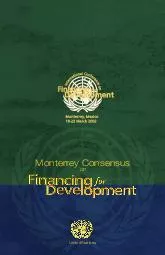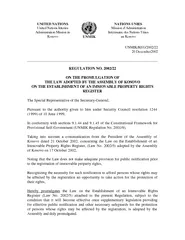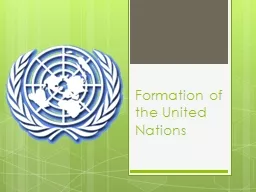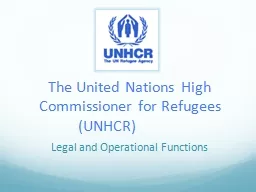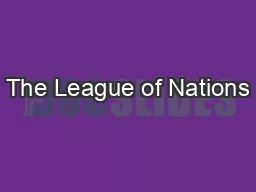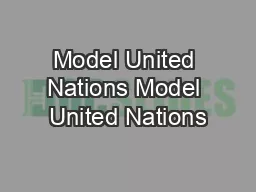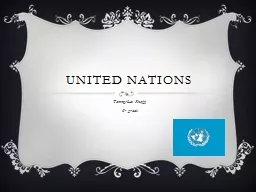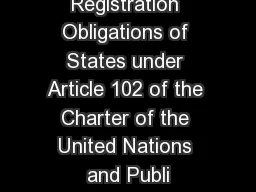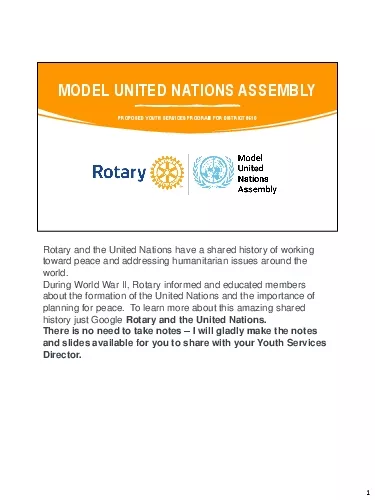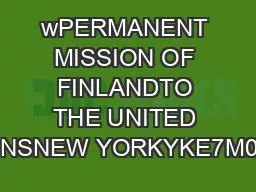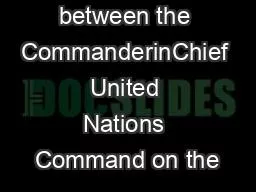PDF-United Nations
Author : phoebe-click | Published Date : 2016-07-18
A 69356 General Assembly Distr General 27 August 2014 Original English 14 59954 E 1 6 0914 1459954 Sixty ninth session Item 69 c of the provisional agenda Promotion
Presentation Embed Code
Download Presentation
Download Presentation The PPT/PDF document "United Nations" is the property of its rightful owner. Permission is granted to download and print the materials on this website for personal, non-commercial use only, and to display it on your personal computer provided you do not modify the materials and that you retain all copyright notices contained in the materials. By downloading content from our website, you accept the terms of this agreement.
United Nations: Transcript
Download Rules Of Document
"United Nations"The content belongs to its owner. You may download and print it for personal use, without modification, and keep all copyright notices. By downloading, you agree to these terms.
Related Documents

